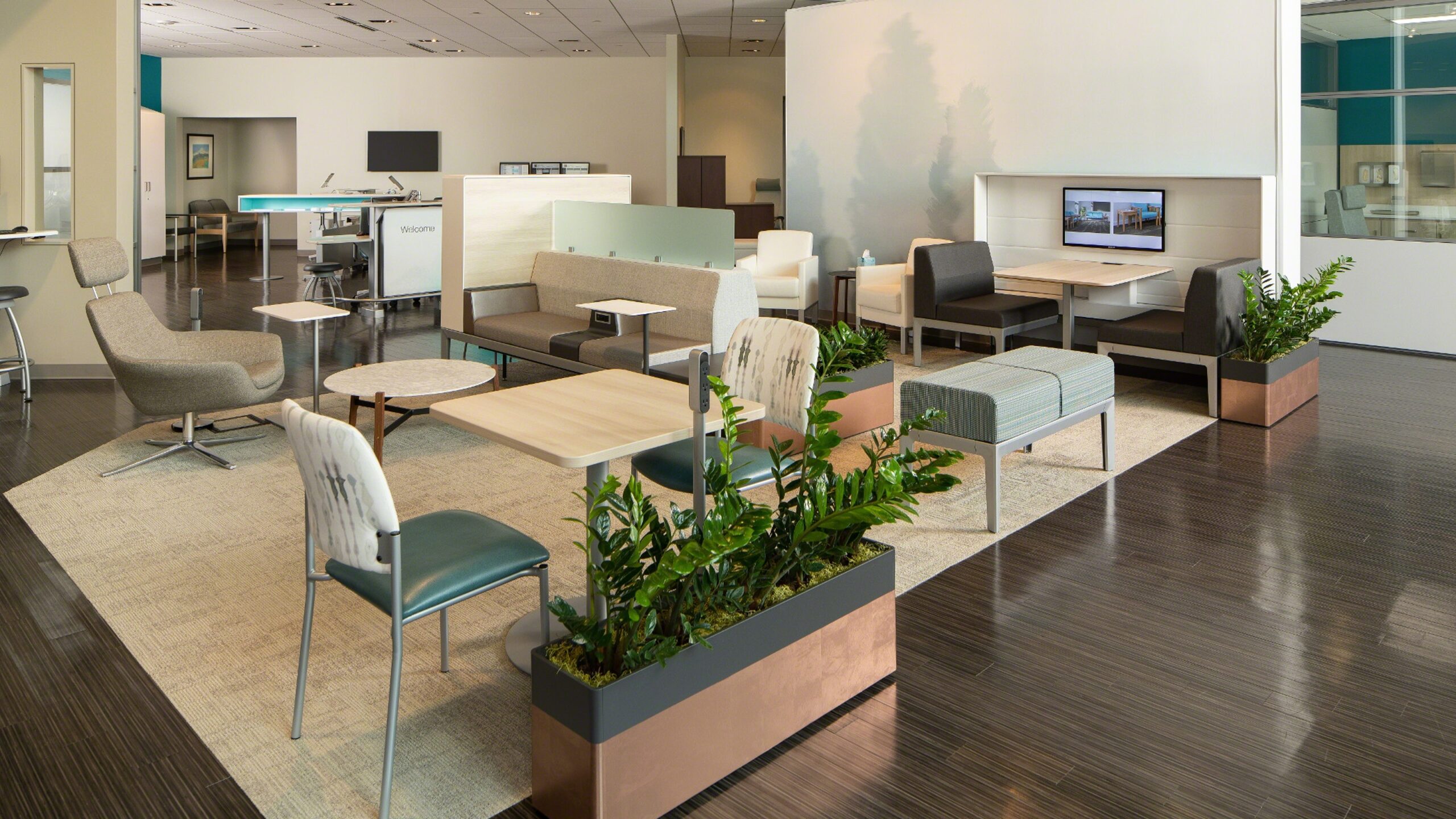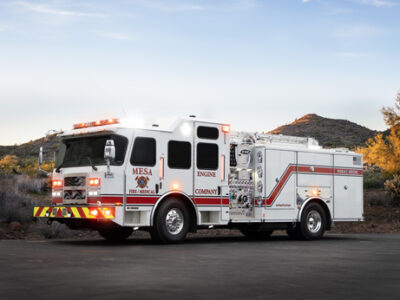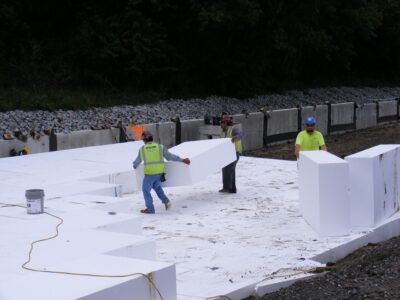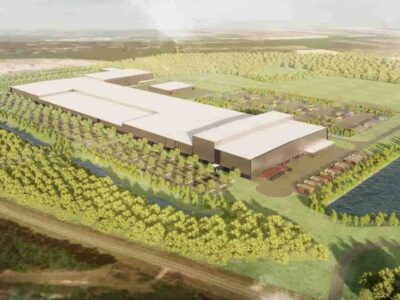Office Furniture Giant Steelcase Inc. Setting The Standard For A Sustainable Future
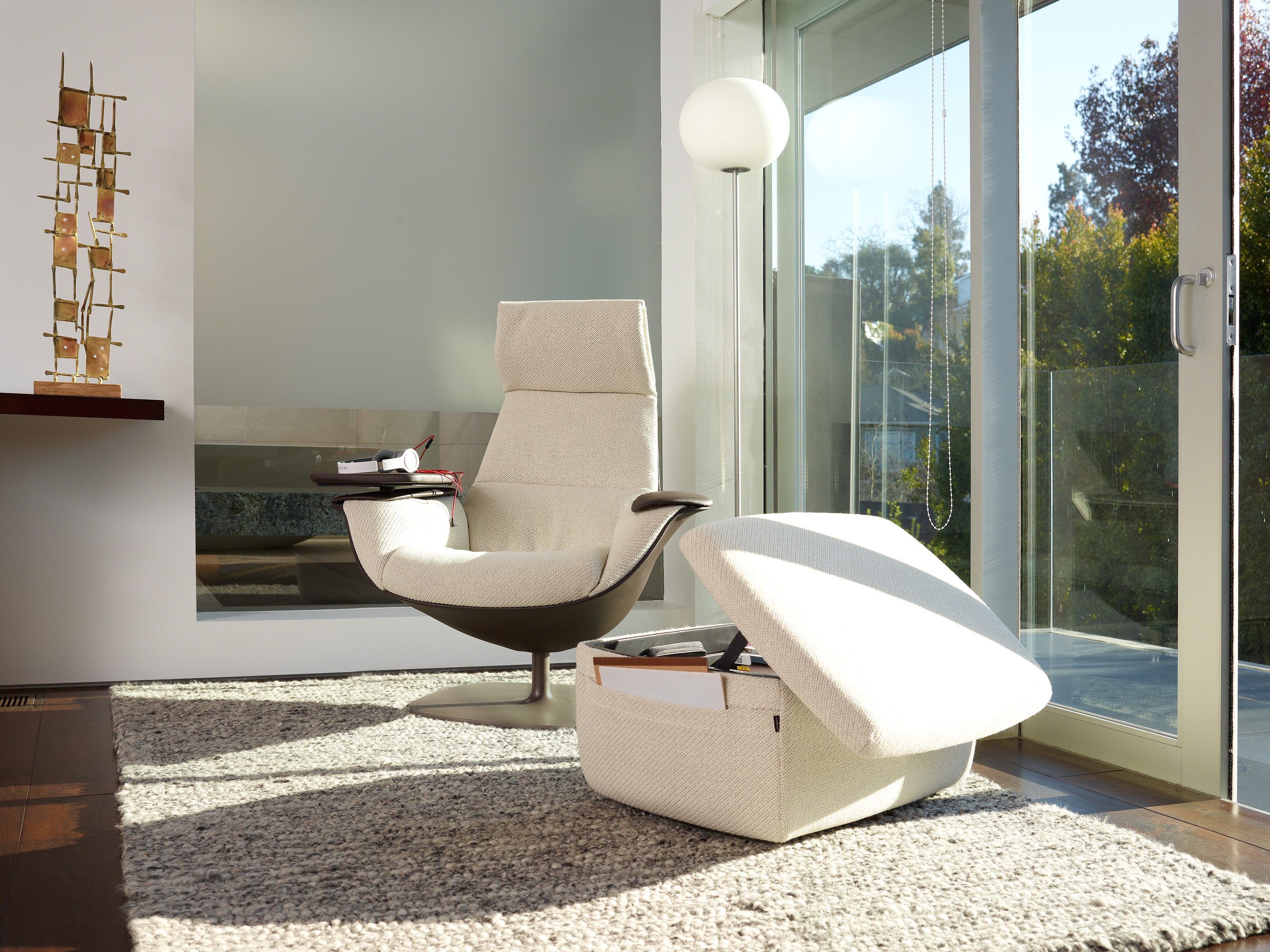
For more than a century, Steelcase Inc. has created architecture, furniture, and technology products and services designed to unlock human promise and support social, economic and environmental sustainability. The Grand Rapids, Michigan-based company works with some of the world’s leading organizations, across many industries, to nurture a culture of empowerment and community through simple global and local sustainable initiatives that began as early as the company’s founding. Back in 1912, when it was known as the Metal Office Furniture Company, Steelcase’s patent for a metal wastebasket meant safety for office workers in big cities, where wicker wastebaskets were a large contributor to deadly office fires.
Today, Steelcase manufactures products used to create high-performance work environments. The company offers products such as office furniture, furniture systems, interior architectural products, technology equipment, seating, and related products and services – products as diverse as chairs, office walls, benches, shelves, sofas, and whiteboards. In many cases, these products are 95 percent recyclable.
Steelcase is poised at the front of a global office furniture market forecast to grow rapidly over the next four years due to a growth in start-ups, a boom in e-commerce, a rapidly developing economy, and a spike in furniture spending. However, raw material costs are rising. The company is at the head of the very latest trend: the adoption of sustainable production processes.
It’s clear that protecting the environment, on both a micro and macro level, is in Steelcase’s DNA. The company’s mission is to not just do what’s right but to do what’s best for both people and the planet. Recently, the company has devoted a huge effort to become carbon negative by 2030, placing them in a group of fewer than 200 companies with science-based targets to reduce greenhouse gas emissions. Their plan over the next decade is impressive: to improve energy use, reduce operational waste, and align company decisions and behavior to support this strategy.
Leading the charge is Kim Dabbs, Steelcase’s director of social innovation and engagement, whose main goal is to nurture the sense of community and empowerment within the organization. She hopes this new approach will have a larger community impact as she works to create shared value between Steelcase and the communities where its people live and work. Her mission builds on the company’s core values, which include integrity, telling the truth, keeping commitments, treating people with respect, and promoting positive relationships.
A great example of one of those positive relationships is a new partnership with Public Thread in Grand Rapids. Public Thread now reuses any leftover scrap fabrics Steelcase generates, using them to make computer bags and laptop cases that are given to customers and designers who visit Steelcase. On their end, Public Thread has committed to living wage jobs and industrial sewing training for people in West Michigan.
On the macro level, Steelcase is devoted to climate change. Acknowledging that climate change is a complex global problem that requires a collective approach to determine its impact on Earth in the years to come, Steelcase is removing as much carbon as it emits. By doing so, the company hopes to inspire other companies to follow suit, offering a clear path to emissions reduction through education and action on built environment issues. Reports suggest that building operations contribute to 28 percent of global carbon emissions, while building materials and construction contribute an additional 11 percent. Since both are at the heart of Steelcase’s industry, leading by example is critical.
Over the past decade, Steelcase has cut its greenhouse gas emissions by more than 30 percent. They’ve removed dangerous chemicals from their processes, reduced water usage, and made investments in alternative energy. The ripple effect has been tangible, as a growing number of organizations have asked for specific, detailed information on how Steelcase has met those objectives, and how they can do the same in their own business. Steelcase is eager to share, offering measures of how objectives have been met, techniques, plans, and validation of the lessened carbon footprints.
And this is just the beginning. Moving forward, Steelcase plans to step up their carbon footprint reduction by investing in additional energy efficiency opportunities, supplementing those with a direct renewable energy supply in key markets and, importantly, exploring onsite renewable energy and reducing emissions associated with business travel, its supply chain, logistics and waste generated in operations.
It’s clear Steelcase has become an advocate for climate and energy policy by working on every level to empower its employees and suppliers to transition to a low carbon economy. The manufacturer was recognized for its work in 2020 when it was named one of the 50 Most Community-Minded Companies in the United States. With annual revenue in excess of $3.7 billion, Steelcase is a shining example of how a company can remain highly profitable while making a positive contribution to energy efficiency, green living and community needs in its own backyard and across the globe.

